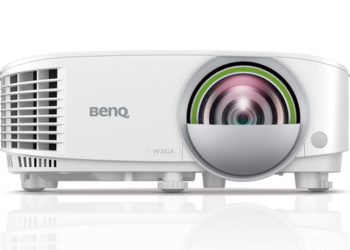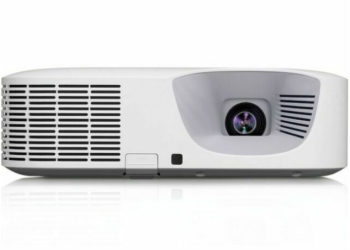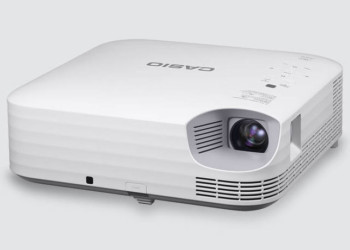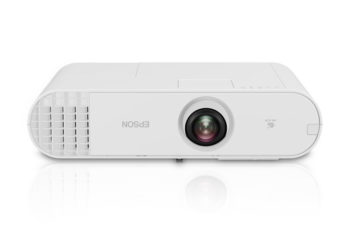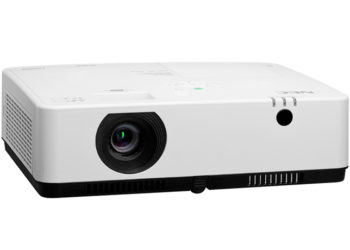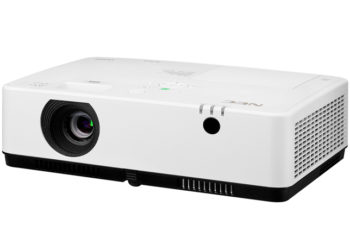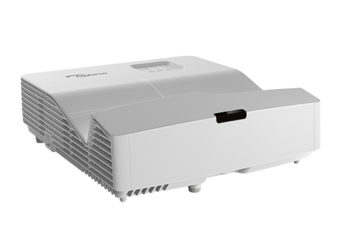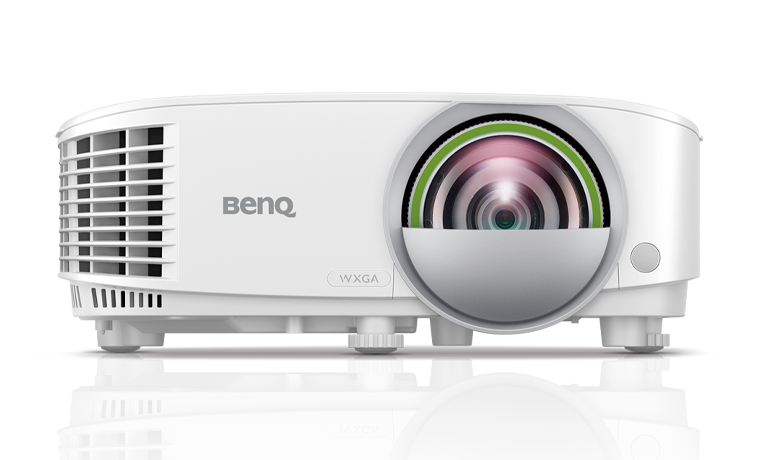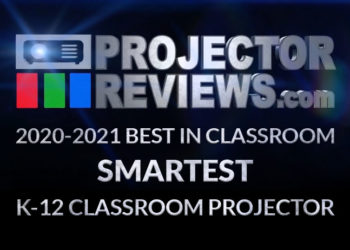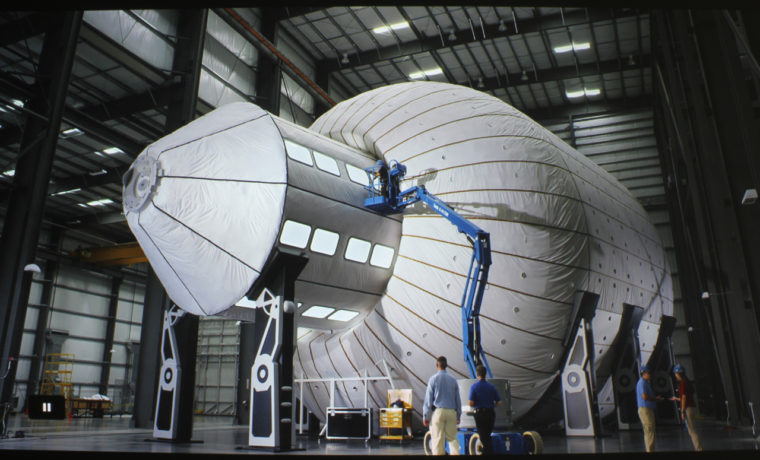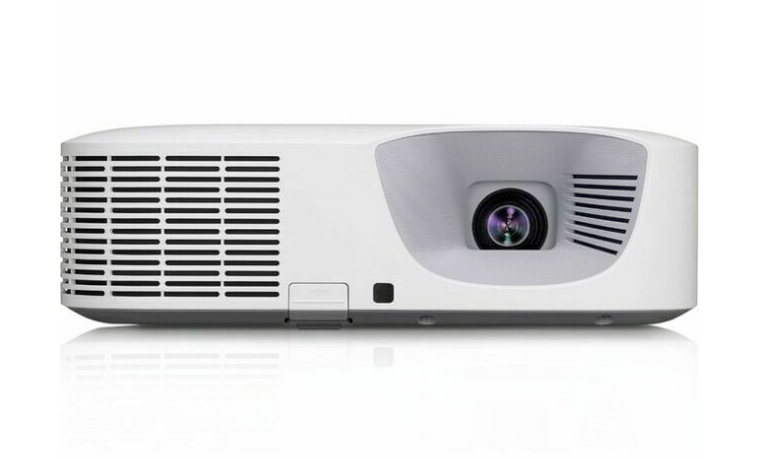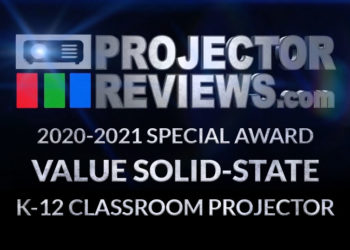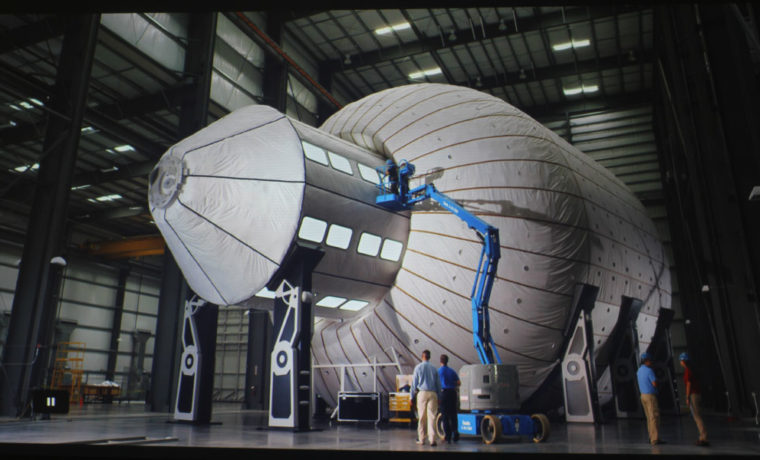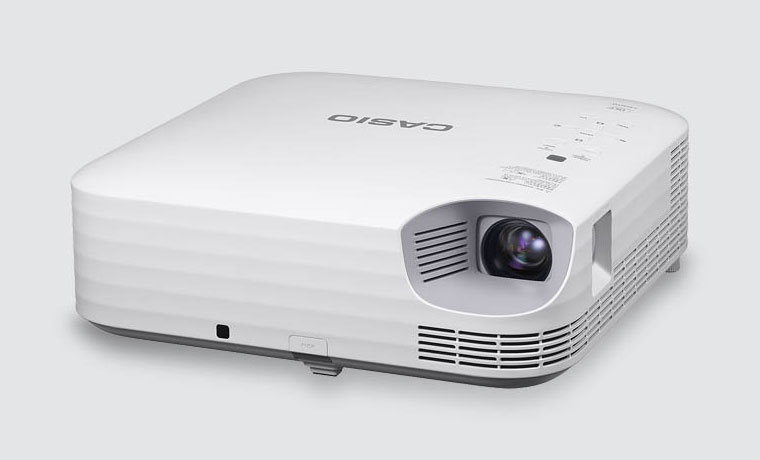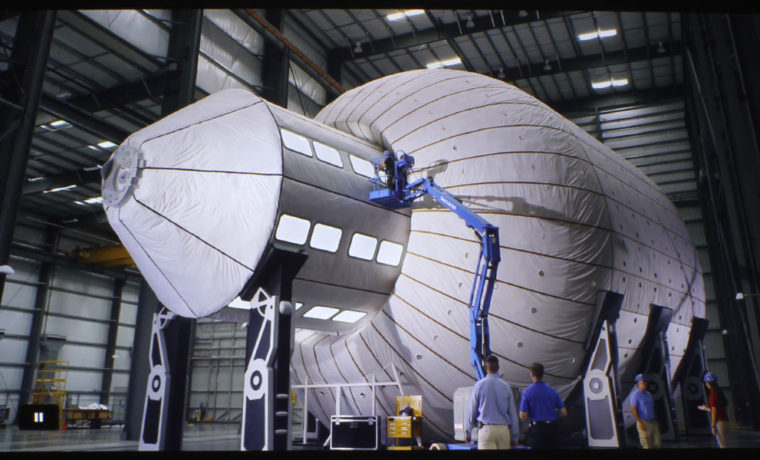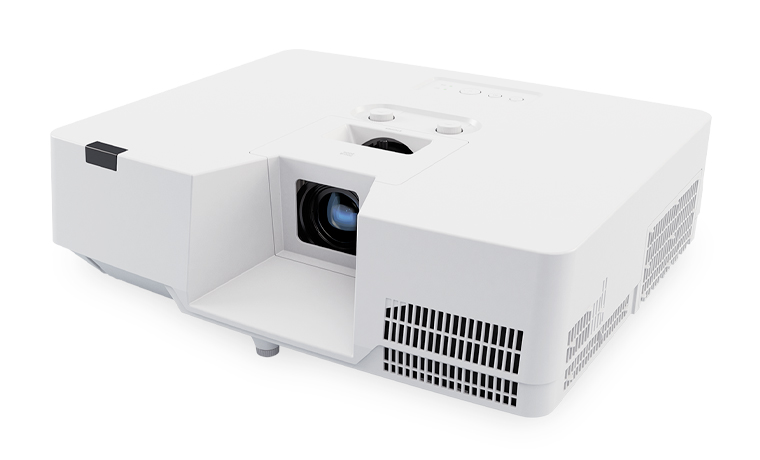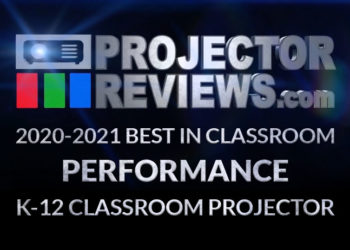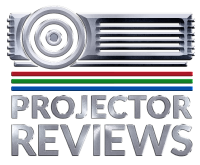Feature wise, the EW800ST is a WXGA projector that is well priced ($999 list) with 3,300 lumens claimed, and reasonably well endowed in terms of interfacing. It sports 1 HDMI (2 would be better), a computer interface, 3 USBs (hey, it’s “smart”) and even an old analog computer input. It also has an audio output, and a serial port for command and control. Audio comes from a single 2-watt speaker that has respectable volume (if no real bass), and should handle most regular K-12 classrooms. Audio is not a strength but there is an audio out, if needed, which can feed a powered speaker system or a PA system. Bluetooth is another option for audio.
The EW800ST’s placement abilities were also a strong factor in selecting it for this award. Now, if you are familiar with the Equivalent Visibility Rule (see our article on it in this report), you realize that most classrooms today need significantly larger screen sizes than were typical in the past, because we teach differently today. In K-12, screens typically started as small as 50” diagonal, but most were (and most still are) 60” to 72”. For today’s teaching per E/V, even the typical under 1000 sq. foot K-12 classroom needs at least a 100” display! And that changes everything!
Back to the ES800ST – one of the things I appreciate is that BenQ offers a telescoping wall mount for it, that will work with screens up to about 120” diagonal! 100” to 120” should be the sweet spot for display sizes in K-12 (well, maybe not that big in K-12).
The BenQ has a few more worthy tricks up its sleeve. For one thing, it has advanced wired (LAN) networking, with Crestron RoomView support (which provides the “advanced” in advanced networking). The EW800ST also has wireless networking using a dongle, which is provided. The remote control has a laser pointer on it, and, unlike many competitors, it supports 3D. Finally, at full power, the lamp is rated a healthy 5,000 hours.
Bottom line: The EW800ST turns out to be an overall very competitive lower cost projector for the classroom, that comes with all that networking. The smarts, however, add an additional level of capabilities that can be taken advantage of in teaching environments.
Without the smarts – at an appropriately lower price, this is still a very solid projector, but adding the smarts, not to mention the very well done short throw abilities, make it award worthy, and that’s how it got to be this year’s Best In Classroom: K-12 Smartest.

